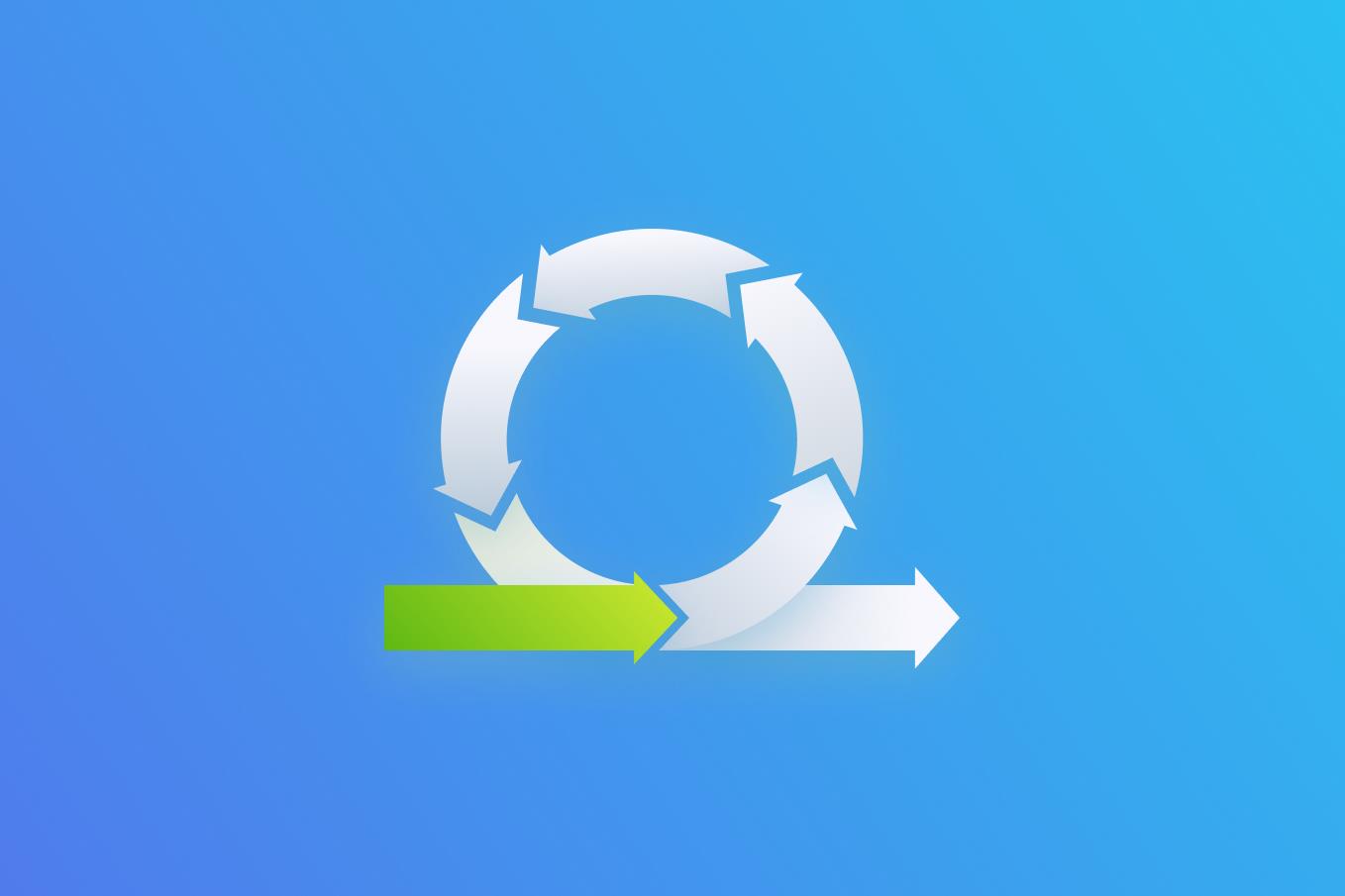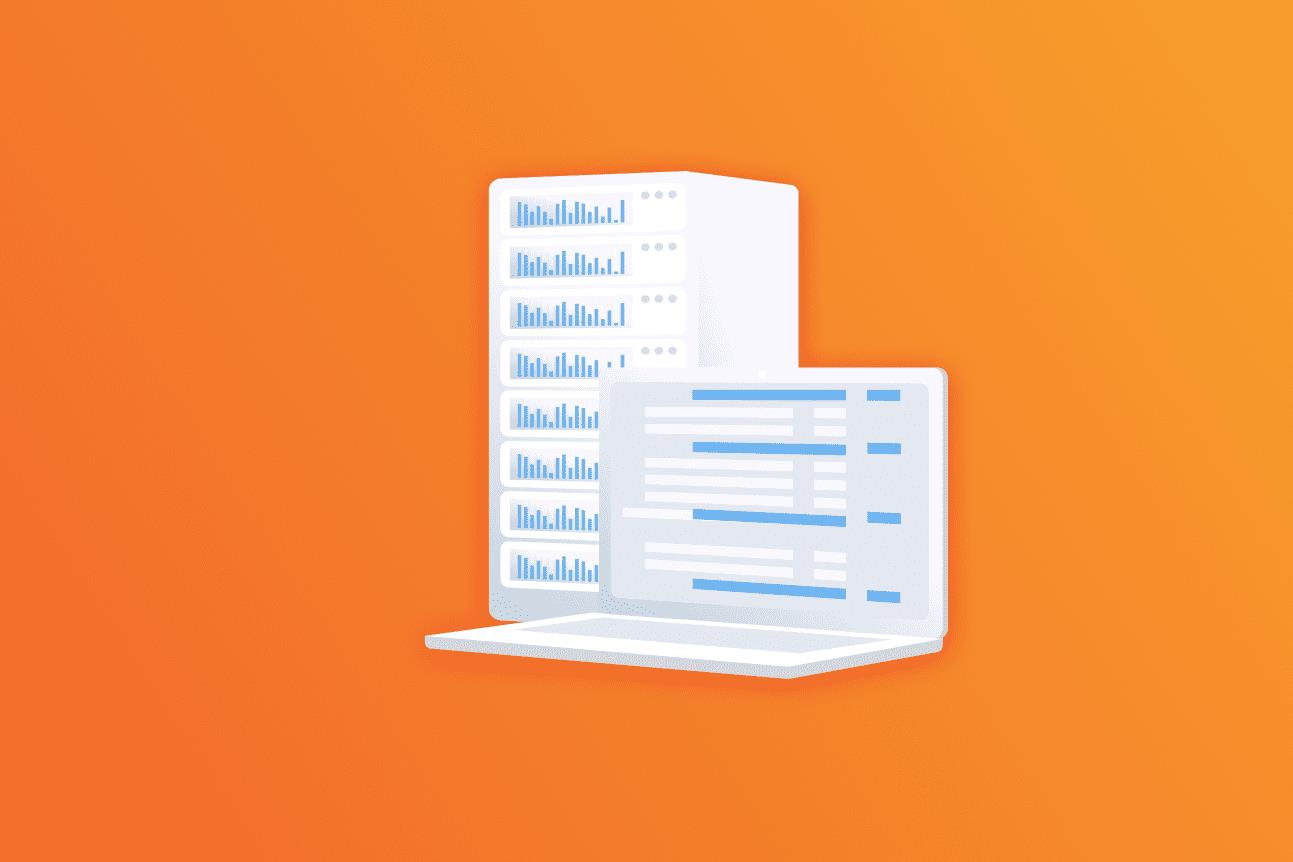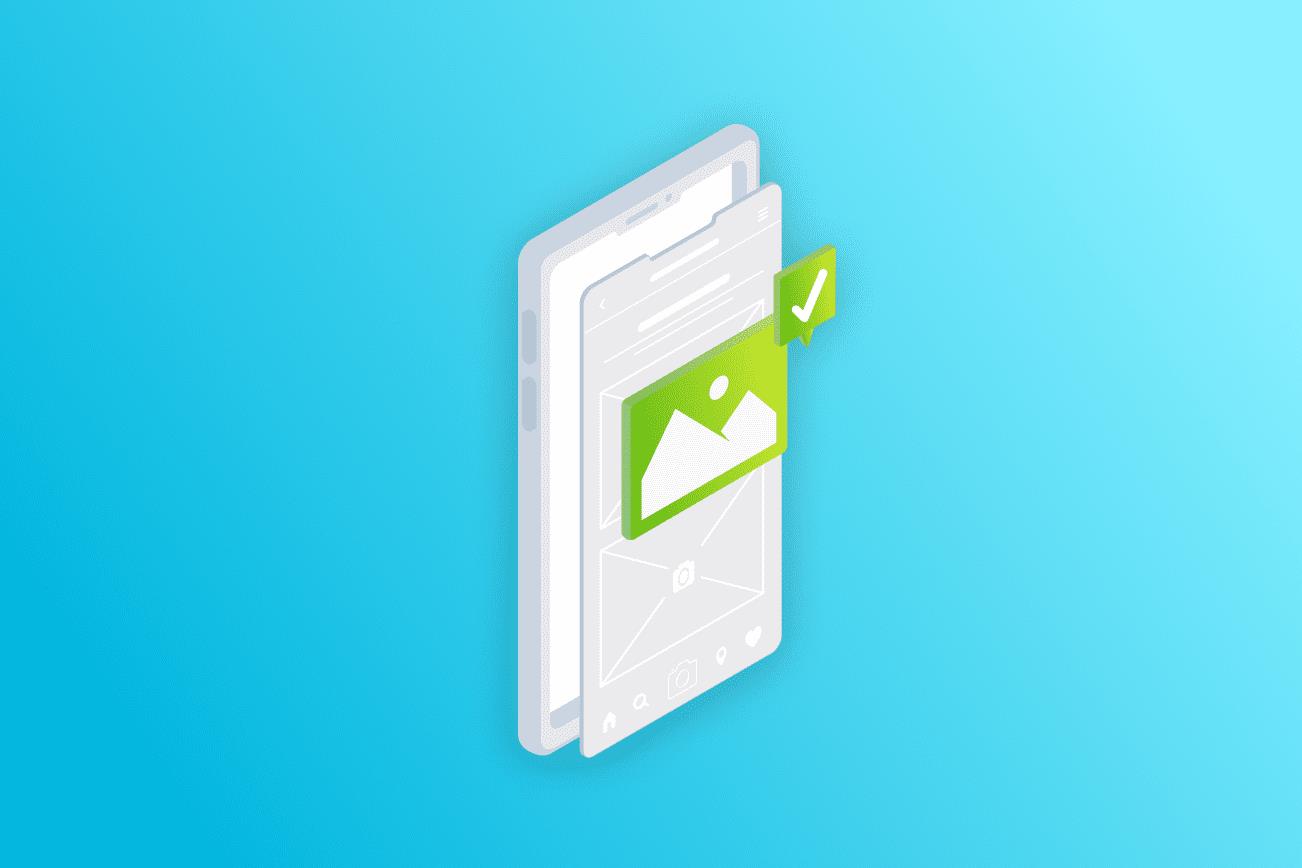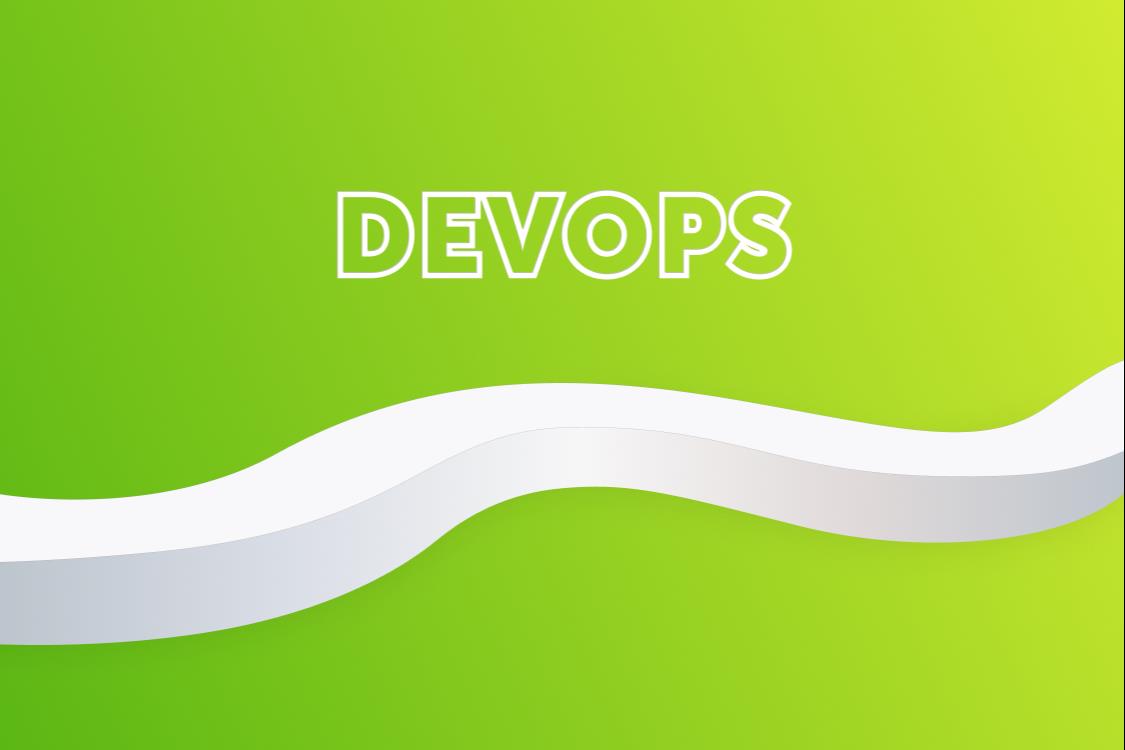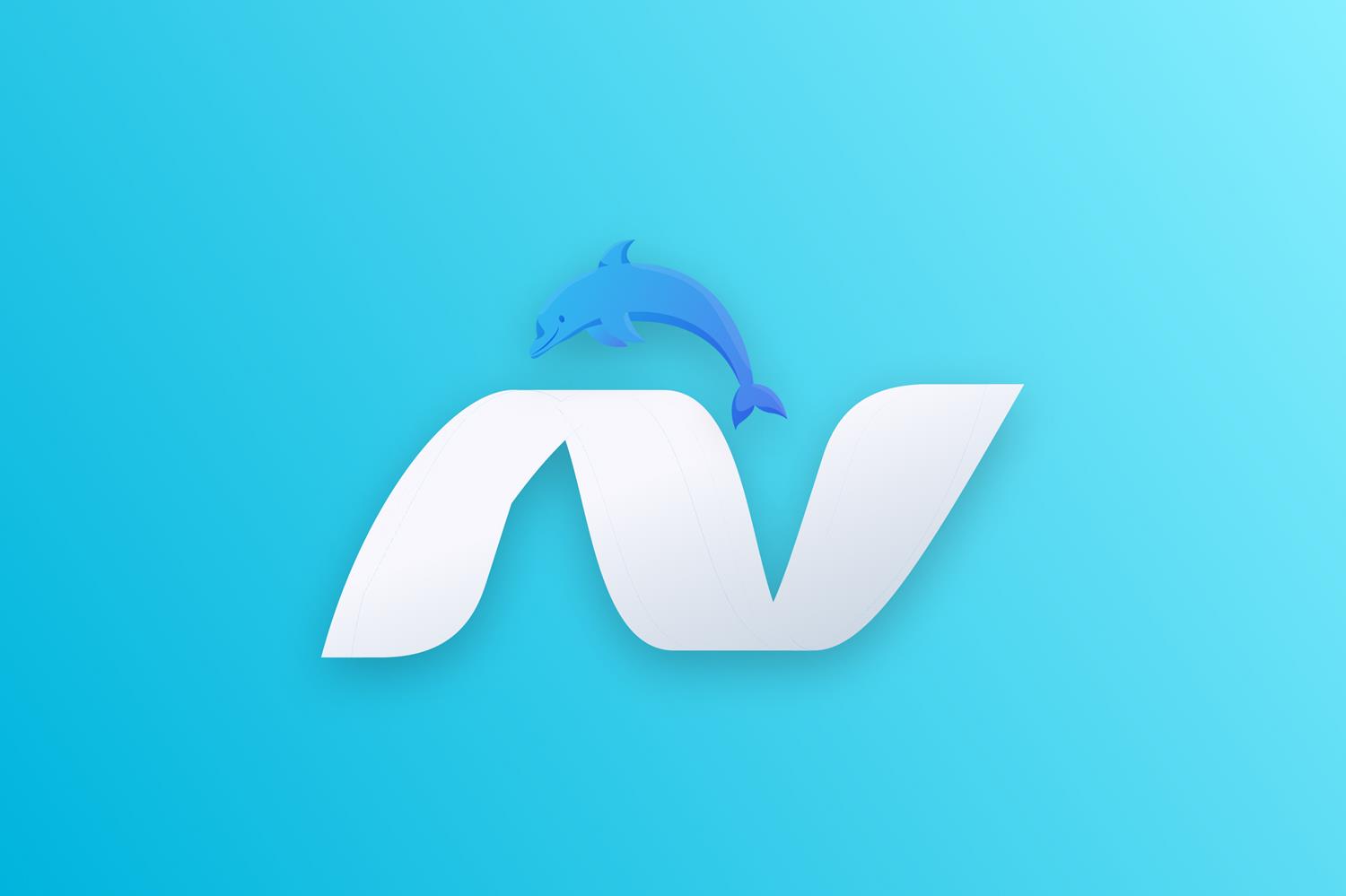What are the main steps in software creation, and which roles are involved here? In the article, Sergejs Zikovs, Product Manager at EPAM Latvia, shared his expertise about Agile Software Development Life Cycle and revealed the topic.
Agile Software Development Life Cycle (SDLC) is a methodology for software development that is responsive to changing requirements, market conditions and customer needs. It also emphasizes collaboration, teamwork and continuous improvement.
This process includes several key phases: planning, design, development, testing, deployment and maintenance. Let’s immerse into each stage and try to understand why all of them are vital for developing high-quality software:
Planning Phase
The planning phase is the initial stage of SDLC. The project team collaborates with stakeholders to understand product’s viability, desirability and feasibility. The ideal output is a prepared product strategy consisting of a definition of the vision, goals, scope and MVP (minimum viable product), as well as documented requirements and product backlog (a list of features the product will need to deliver). Key people here are Product Managers/Owners and Business Analysts. After that, a team decides on what kind of technologies will be used and what resources are required to implement this. The responsible people here are a Delivery Manager & Solution Architect.
Design Phase
At the design phase, the project team begins to build the architecture and UI/UX of the product. Designers start to create first wireframes, mockups and prototypes to help stakeholders visualize the final product and validate the user experience. To get faster feedback from the stakeholders and, in ideal world, end-users, it is crucial to deliver something tangible as fast as possible.
Development Phase
The design is made. What’s next? The development stage kicks in. The team begins to build the product using an iterative and incremental approach, also called development sprints. They break down the product backlog into smaller, more manageable tasks called user stories and then prioritize, estimate, and work on them based on the order of the product backlog. Usually, a team consists of Product Owners, Developers, Business Analysts and QA Engineers.
Testing Phase
After the development stage, we need to make sure that everything works correctly and meets the expectations of stakeholders & end users. Key people at this stage are QA Engineers who use various testing methodologies, such as unit testing, integration testing, system testing and acceptance testing, to ensure that the product is functional, reliable and user-friendly.
Deployment Phase
The next stage of this continuing process is deployment. To see if the product works as expected, the project team deploys the product to the production environment and conducts a final round of testing & validation. At this phase, a DevOps Engineer sets up environments & pipelines and manages the deployment process.
Maintenance Phase
The final stage is maintenance, where the development team provides ongoing support for the product. They monitor the product's performance, address any issues or bugs that arise, and provide updates and enhancements to improve the product's functionality and user experience.
To conclude, by following this methodology, software development teams can deliver high-quality, user-friendly software in a more effective manner because of its agility and fast feedback.


